1 Introduction
1.1 Documentation
2 Product overview
2.1 SoftDevice
2.2 Multiprotocol support
3 Bluetooth low energy protocol stack
3.1 Profile and service support
3.2 Bluetooth low energy features
4 SoC library
5 SoftDevice Manager
6 SoftDevice information structure
7 Flash memory API
8 Radio Notification
9 Concurrent Multiprotocol Timeslot API
9.1 Request types
9.2 Request priorities
9.3 Timeslot length
9.4 Scheduling
9.5 Performance considerations
9.6 Multiprotocol timeslot API
9.6.1 API calls
9.6.2 Timeslot events
9.6.3 Timeslot signals
9.6.4 Signal handler return actions
9.6.5 Ending a timeslot in time
9.6.6 The signal handler runs at LowerStack priority
9.7 Timeslot usage examples
9.7.1 Complete session example
9.7.2 Blocked timeslot example
9.7.3 Canceled timeslot example
9.7.4 Timeslot extension example
10 Master Boot Record and Bootloader
10.1 Master Boot Record
10.2 Bootloader
10.3 Master Boot Record (MBR) and SoftDevice reset behavior
10.4 Master Boot Record (MBR) and SoftDevice initialization
11 SoC resource requirements
11.1 Attribute Table size
11.2 Memory resource map and usage
11.3 Hardware blocks and interrupt vectors
11.4 Application signals - software interrupts
11.5 Programmable Peripheral Interconnect (PPI)
11.6 SVC number ranges
11.7 External requirements
12 Processor availability and interrupt latency
12.1 Interrupt latency due to SoC framework
12.2 Processor availability
12.3 BLE peripheral performance
12.3.1 Advertising interrupt latency
12.3.2 BLE peripheral connection
12.3.3 API calls
12.3.4 CPU utilization in connection
12.4 Performance with Flash memory API and Concurrent Multiprotocol Timeslot API
13 BLE data throughput
14 BLE power profiles
14.1 Connection event
14.2 Advertising event
15 SoftDevice identification and revision scheme
15.1 MBR distribution and revision scheme
15.2 Notification of SoftDevice revision updates
Appendix A SoftDevice architecture
SoC library
SoftDevice Manager
Protocol stack
Application Program Interface (API)
Memory isolation and run-time protection
Call stack
Heap
Peripheral run-time protection
Exception (interrupt) management with a SoftDevice
Interrupt forwarding to the application
Events - SoftDevice to application
SoftDevice enable and disable
Power management
Error handling

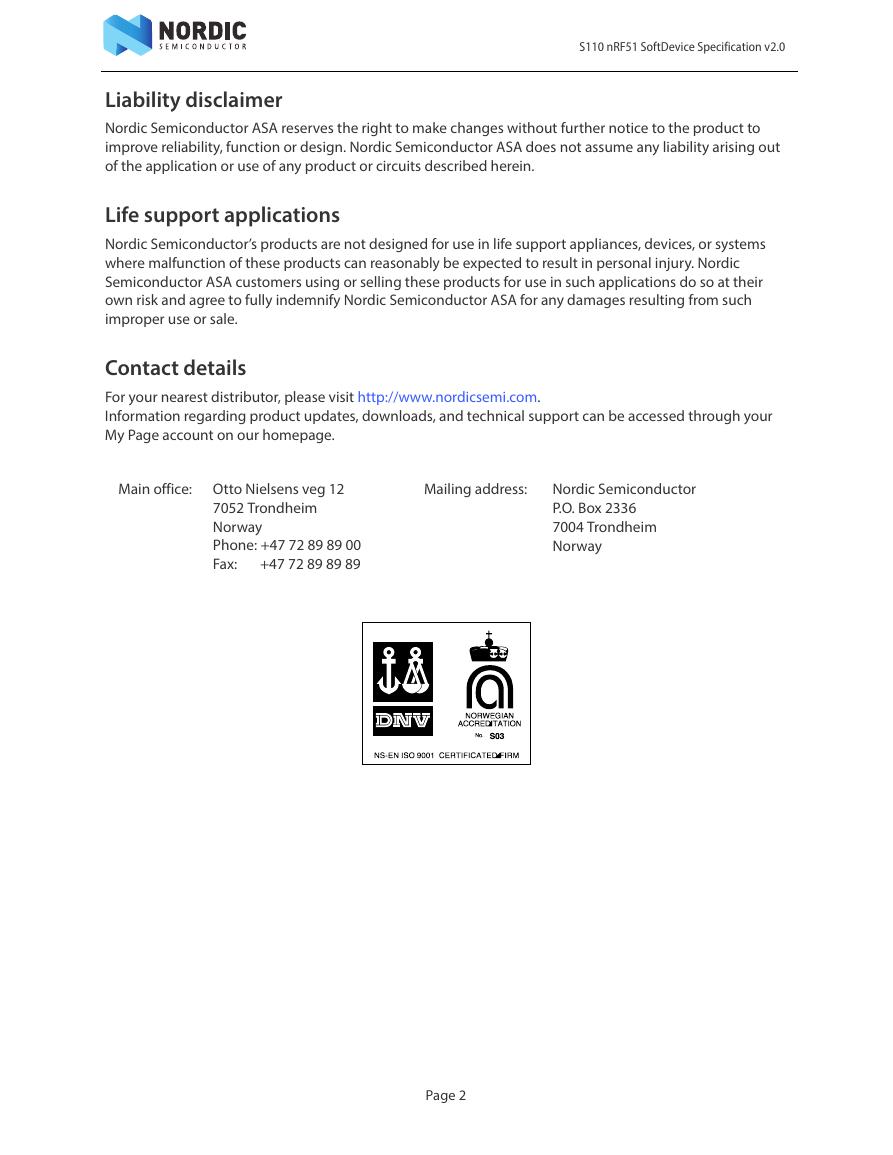
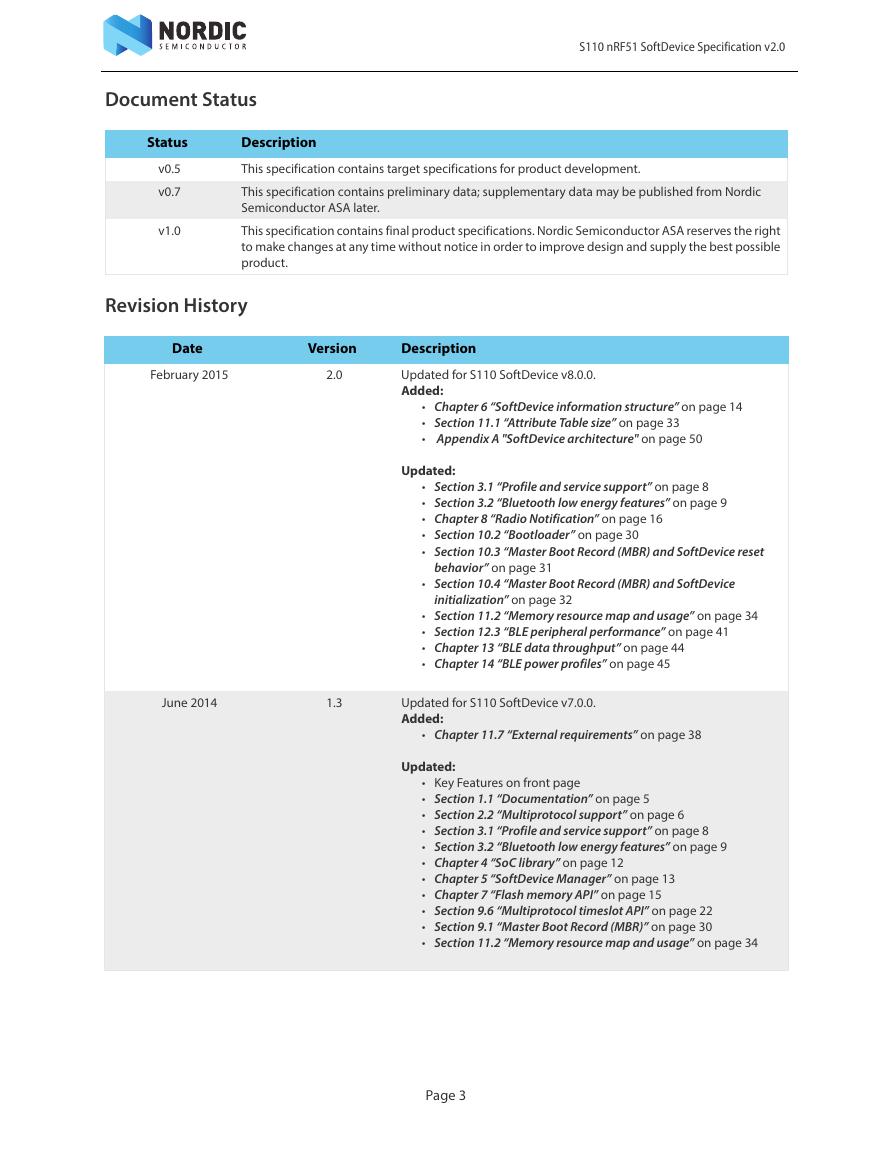
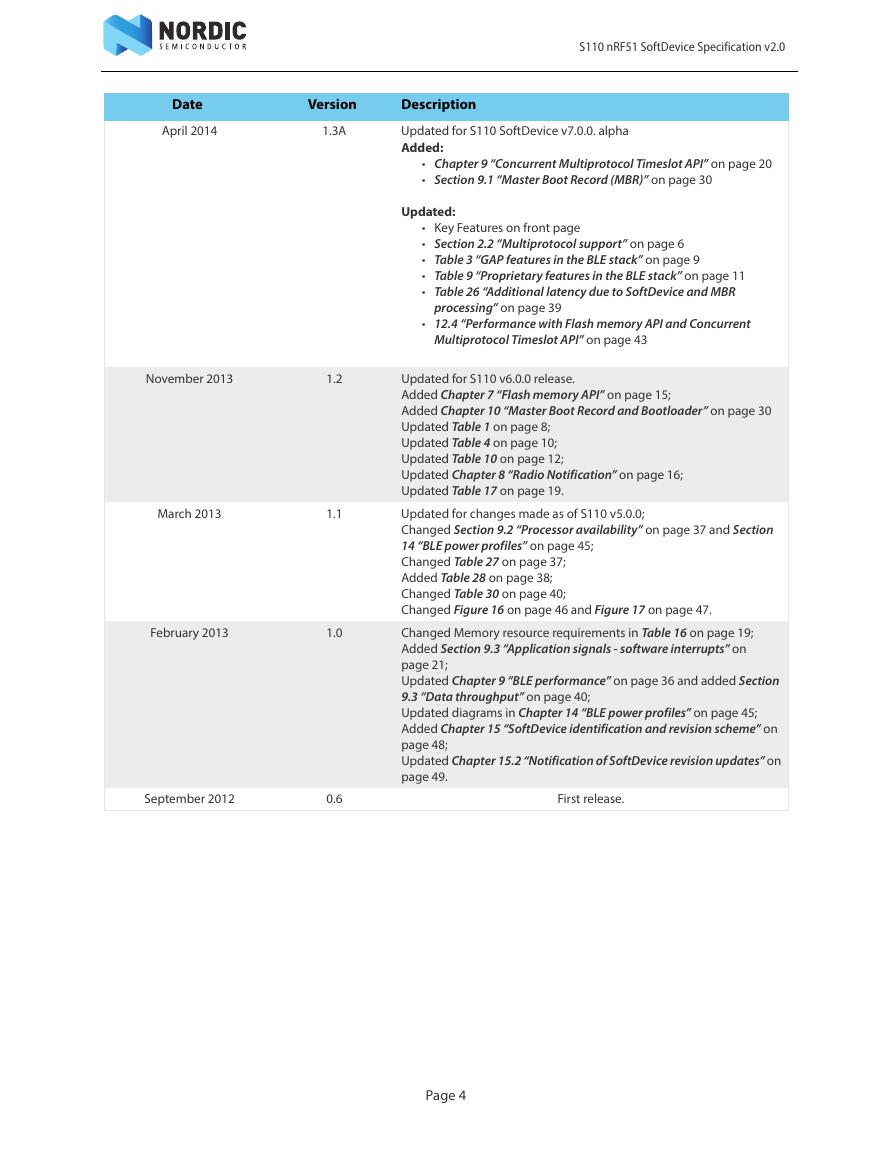
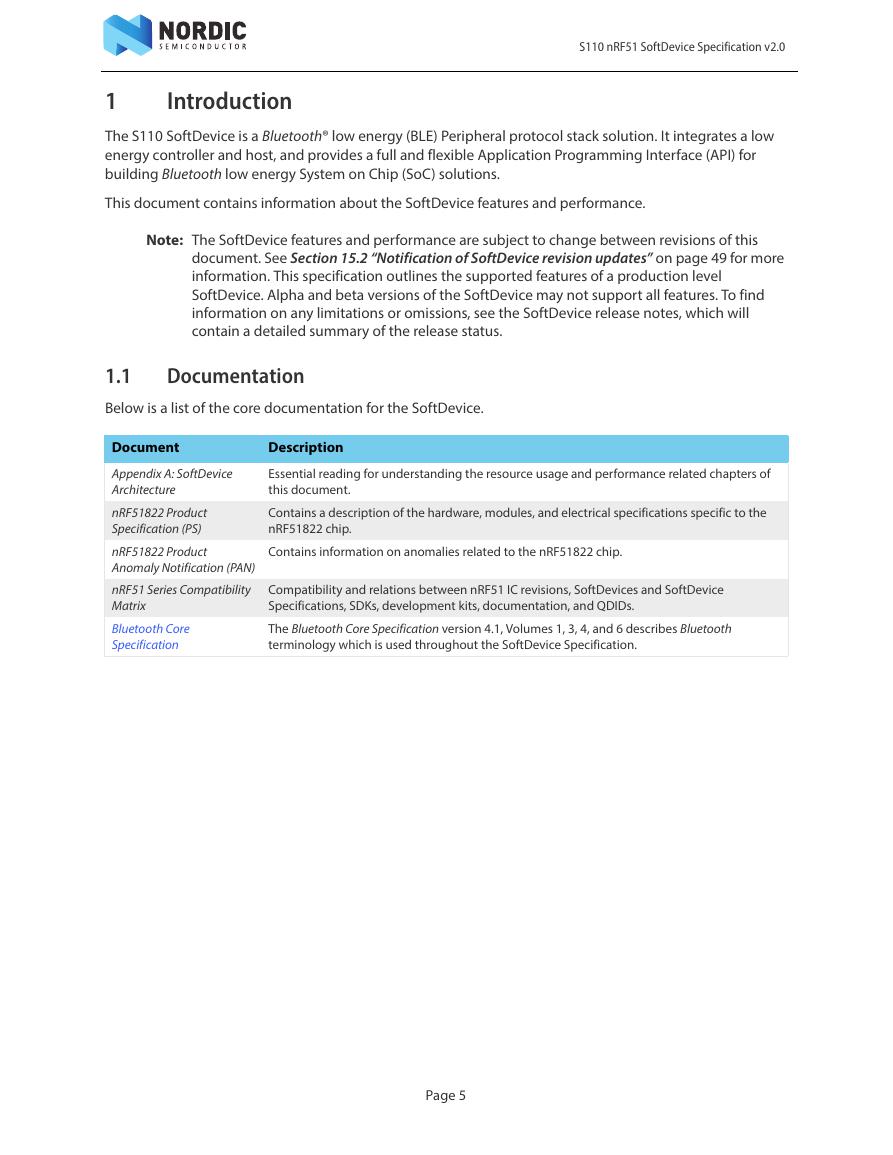

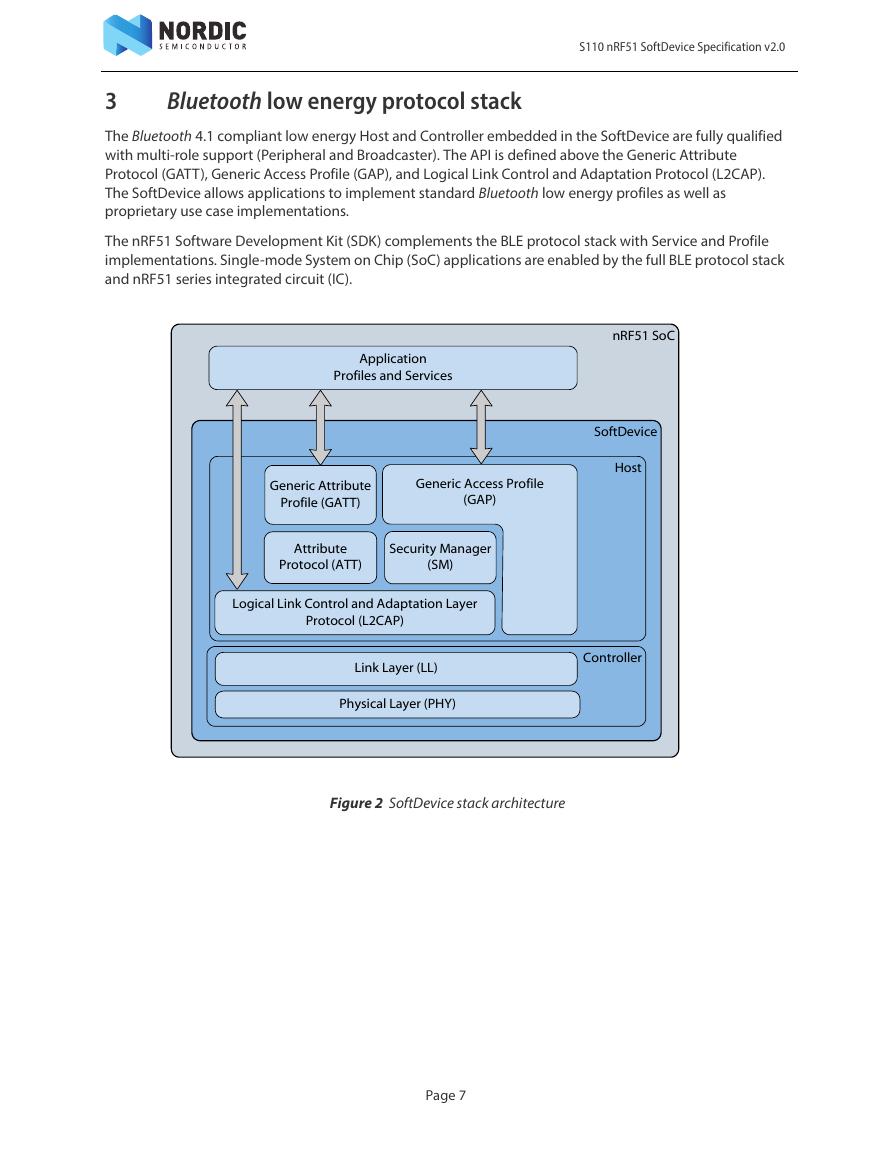
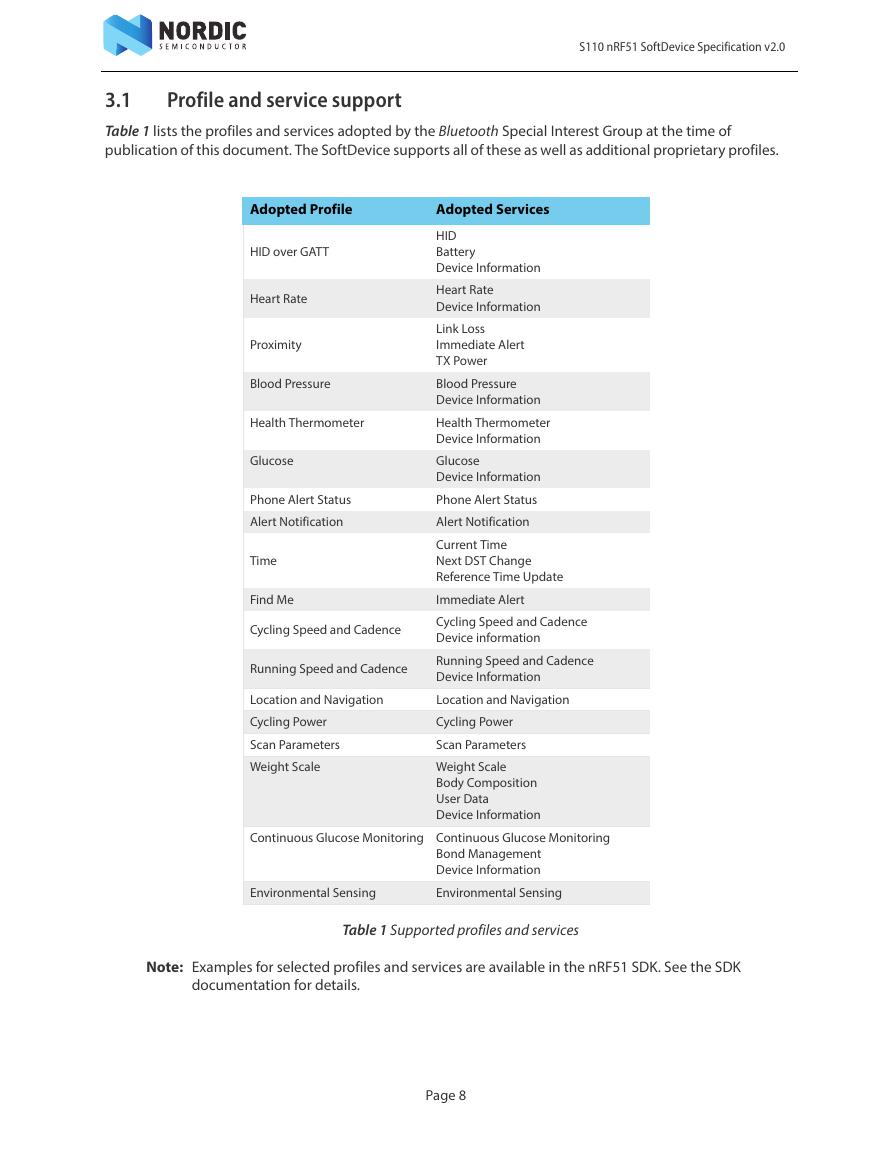








 V2版本原理图(Capacitive-Fingerprint-Reader-Schematic_V2).pdf
V2版本原理图(Capacitive-Fingerprint-Reader-Schematic_V2).pdf 摄像头工作原理.doc
摄像头工作原理.doc VL53L0X简要说明(En.FLVL53L00216).pdf
VL53L0X简要说明(En.FLVL53L00216).pdf 原理图(DVK720-Schematic).pdf
原理图(DVK720-Schematic).pdf 原理图(Pico-Clock-Green-Schdoc).pdf
原理图(Pico-Clock-Green-Schdoc).pdf 原理图(RS485-CAN-HAT-B-schematic).pdf
原理图(RS485-CAN-HAT-B-schematic).pdf File:SIM7500_SIM7600_SIM7800 Series_SSL_Application Note_V2.00.pdf
File:SIM7500_SIM7600_SIM7800 Series_SSL_Application Note_V2.00.pdf ADS1263(Ads1262).pdf
ADS1263(Ads1262).pdf 原理图(Open429Z-D-Schematic).pdf
原理图(Open429Z-D-Schematic).pdf 用户手册(Capacitive_Fingerprint_Reader_User_Manual_CN).pdf
用户手册(Capacitive_Fingerprint_Reader_User_Manual_CN).pdf CY7C68013A(英文版)(CY7C68013A).pdf
CY7C68013A(英文版)(CY7C68013A).pdf TechnicalReference_Dem.pdf
TechnicalReference_Dem.pdf